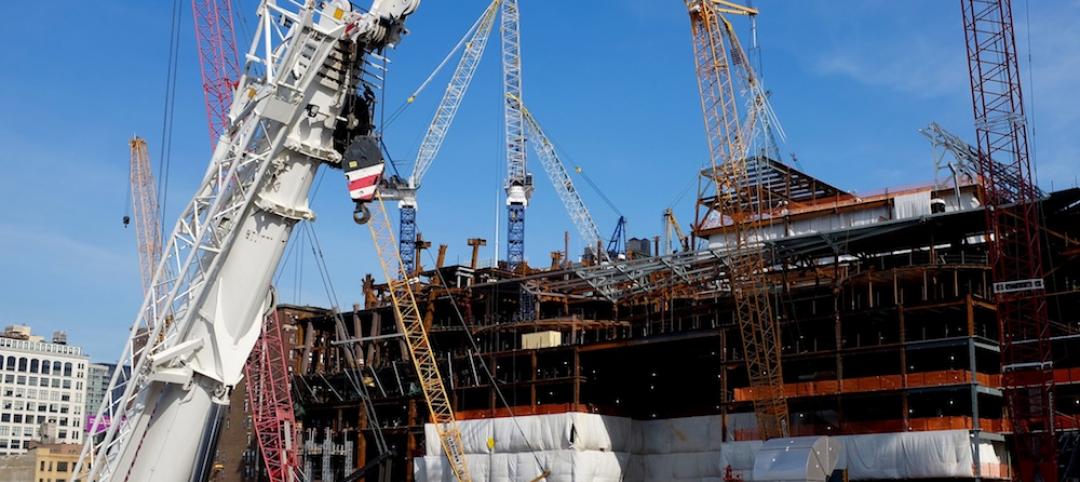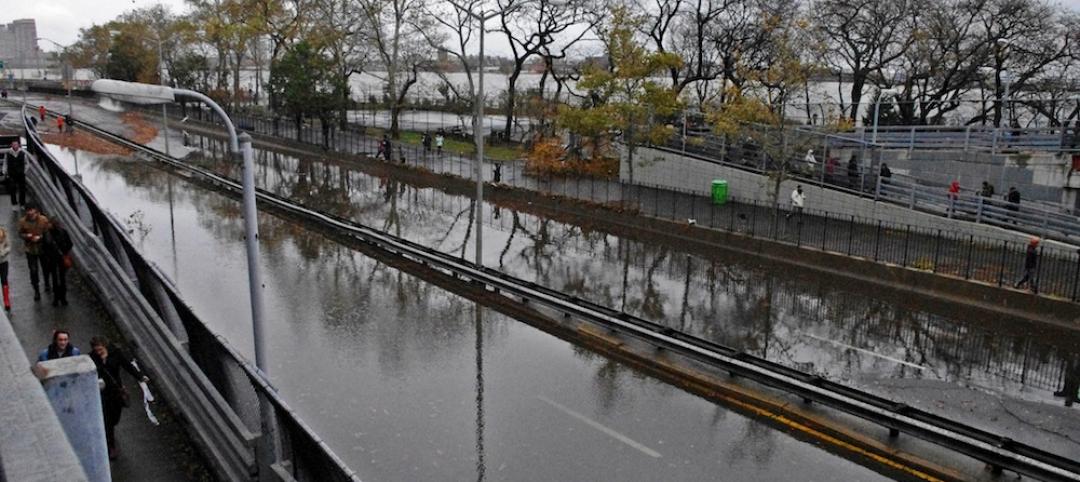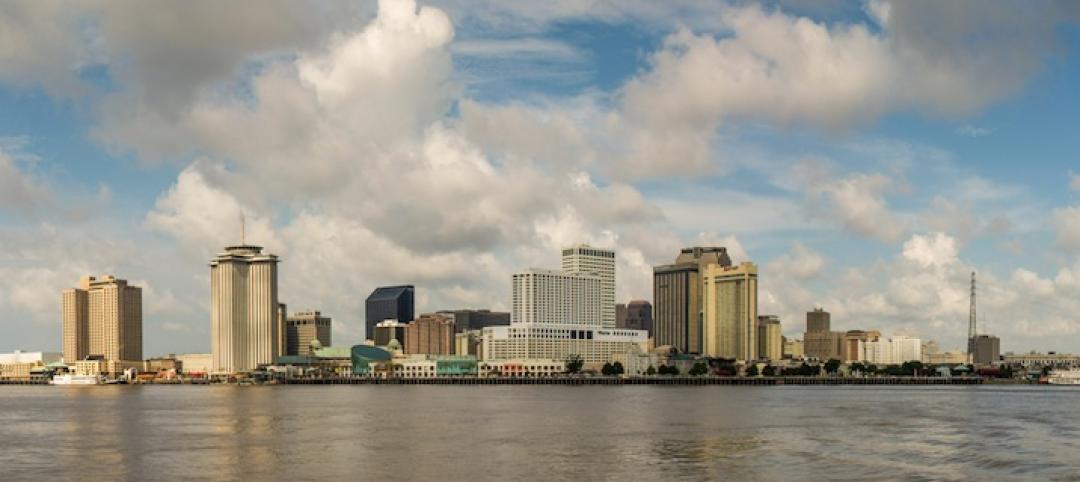Heat created by underground structures is increasing the risk of damage to buildings, recent studies have found.
Basements, train tunnels, sewers, and other underground systems are making the ground around them warmer, which causes soil, sand, clay and silt to shift, settle, contract, and expand, according to an insurance executive quoted in a Business Insurance report. As a result, foundations are suffering damage.
Underground elements in the built environment can heat the ground between the surface and bedrock by as much as 27 F. Building owners should have their buildings inspected regularly and carefully analyze their insurance policies to find out how much coverage is provided for this issue.
The executive warns owners to beware of exclusions, exceptions, and endorsements that might impact their policies.
Related Stories
Sustainability | Mar 17, 2016
New York City releases Design and Construction Excellence 2.0 Guiding Principles
Addresses sustainability, resiliency, healthy living.
Resiliency | Feb 22, 2016
Legal challenge filed over N.J.’s new coastal management regulations
Groups argue rules make it easier to build in flood-prone areas.
Resiliency | Feb 16, 2016
Obama establishes federal earthquake risk management standard
The standard requires federal agencies to use earthquake-resistant design provisions in current building codes.
Resiliency | Feb 2, 2016
New York City’s post-Hurricane Sandy resiliency efforts hailed as exemplar
Lessons learned can help urban areas cope with climate change impacts.
Resiliency | Jan 29, 2016
Section of New Orleans will try new approach to flood control
The city will turn to a retain and control storm water strategy.
Resiliency | Jan 13, 2016
LEED credits on resiliency expected to influence future of building design
Post-disaster survivability is a key goal.
Resiliency | Dec 7, 2015
New earthquake rating system released by the U.S. Resiliency Council
Intended for building owners and leasing, finance, and insurance industry.















